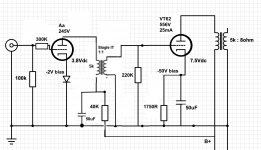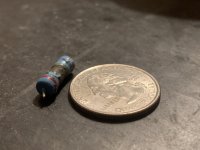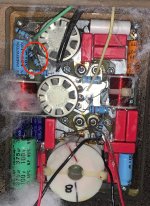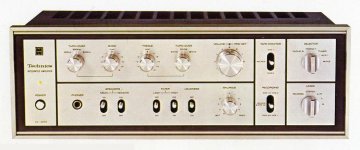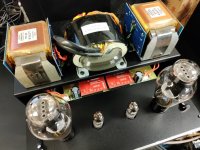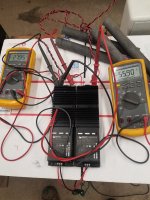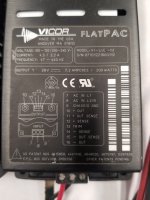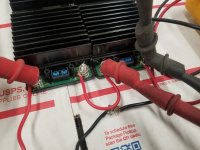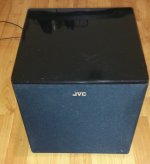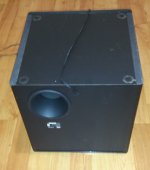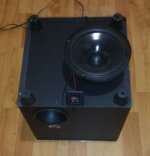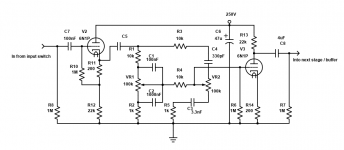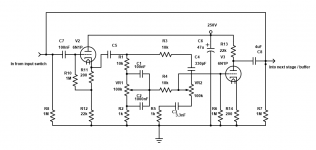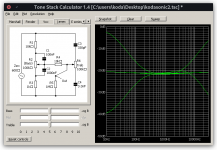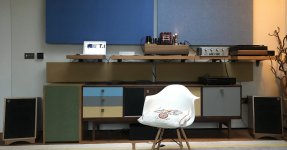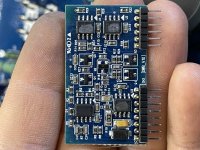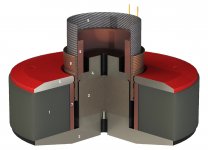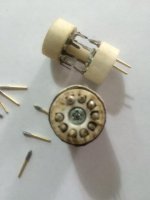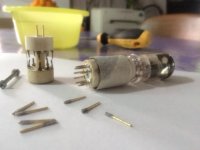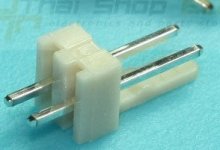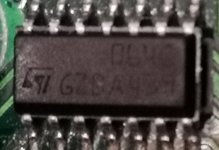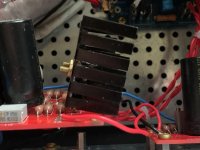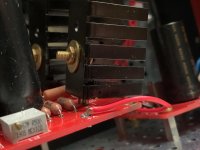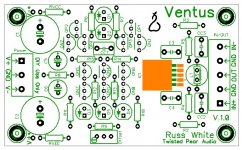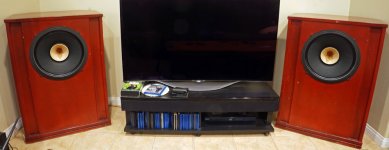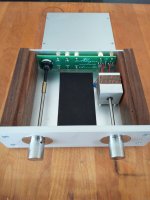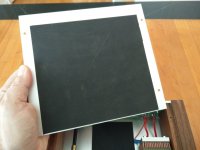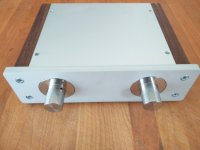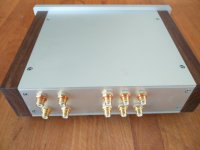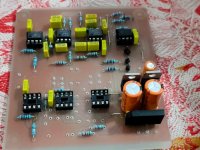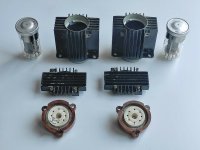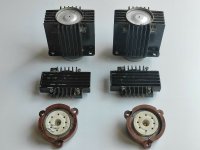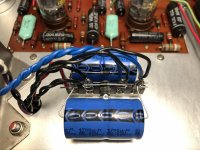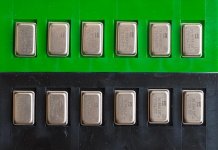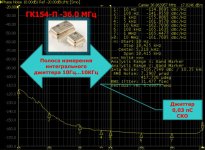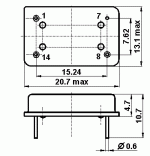Audiolab 8000C RH Channel down
- By memu51
- Solid State
- 0 Replies
Hi
I have an Audiolab 8000C pre- amp (older UK model) which has no output from the RH channel. It was fine a few months ago when I last used it and there were no pops bangs etc when I turned it on. The relay clicks as usual and LH channel is fine.
I have had a look at both sides of the board and could see no sign of shorts or components failing.
I note this one is fitted with an sds relais tq2-24v. Anyone know if these cause problems or aware of other common problems ?
Any help would be greatly appreciated
I have an Audiolab 8000C pre- amp (older UK model) which has no output from the RH channel. It was fine a few months ago when I last used it and there were no pops bangs etc when I turned it on. The relay clicks as usual and LH channel is fine.
I have had a look at both sides of the board and could see no sign of shorts or components failing.
I note this one is fitted with an sds relais tq2-24v. Anyone know if these cause problems or aware of other common problems ?
Any help would be greatly appreciated
